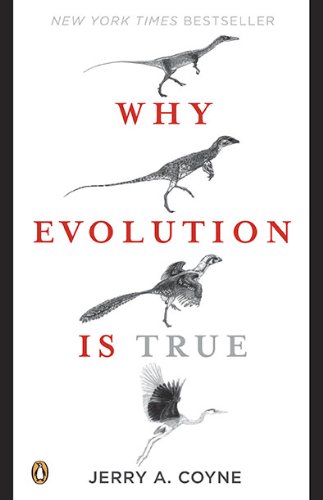Hen's Teeth
Some atavisms can be produced in the laboratory. The most amazing of these is that paragon of rarity, hen’s teeth. In 1980, E. J. Kollar and C. Fisher at the University of Connecticut combined the tissues of two species, grafting the tissue lining the mouth of a chicken embryo on top of tissue from the jaw of a developing mouse. Amazingly, the chicken tissue eventually produced tooth-like structures, some with distinct roots and crowns! Since the underlying mouse tissue alone could not produce teeth, Kollar and Fisher inferred that molecules from the mouse reawakened a dormant developmental program for making teeth in chickens. This meant that chickens had all the right genes for making teeth, but were missing a spark that the mouse tissue was able to provide. Twenty years later, scientists unraveled the molecular biology and showed that Kollar and Fisher’s suggestion was right: birds do indeed have genetic pathways for producing teeth, but don’t make them because a single crucial protein is missing. When that protein is supplied, tooth-like structures form on the bill. You’ll remember that birds evolved from toothed reptiles. They lost those teeth more than sixty million years ago, but clearly still carry some genes for making them—genes that are remnants of their reptilian ancestry.
Notes:
An experiment from 1980 that stimulated hens to grow teeth by triggering a gene holdover from their ancient reptilian ancestors.
Folksonomies: evolution vestigial atavism
Taxonomies:
/pets/reptiles (0.451104)
/art and entertainment/visual art and design/restoration (0.447566)
/health and fitness/disease (0.411023)
Keywords:
teeth (0.962667 (negative:-0.644909)), E. J. Kollar (0.833311 (neutral:0.000000)), ancient reptilian ancestors (0.820348 (neutral:0.000000)), mouse tissue (0.817277 (negative:-0.482216)), Teeth An experiment (0.791849 (neutral:0.000000)), hen’s teeth (0.785604 (neutral:0.000000)), dormant developmental program (0.749263 (negative:-0.595285)), C. Fisher (0.614351 (neutral:0.000000)), gene holdover (0.612285 (neutral:0.000000)), reptilian ancestry (0.610108 (negative:-0.258930)), chicken embryo (0.605947 (neutral:0.000000)), distinct roots (0.594124 (neutral:0.000000)), crucial protein (0.592405 (negative:-0.715346)), molecular biology (0.584667 (neutral:0.000000)), right genes (0.582060 (neutral:0.000000)), genetic pathways (0.581228 (neutral:0.000000)), tooth-like structures (0.572811 (neutral:0.000000)), chickens (0.496080 (negative:-0.595285)), birds (0.462107 (neutral:0.000000)), hens (0.452070 (neutral:0.000000)), rarity (0.450579 (positive:0.471256)), crowns (0.448945 (neutral:0.000000)), jaw (0.444586 (negative:-0.213755)), paragon (0.443700 (positive:0.471256)), tissues (0.443430 (neutral:0.000000)), remnants (0.442386 (negative:-0.258930)), atavisms (0.441634 (neutral:0.000000)), laboratory (0.441532 (neutral:0.000000)), suggestion (0.440887 (positive:0.293193)), spark (0.439945 (negative:-0.680644))
Entities:
E. J. Kollar:Person (0.823484 (positive:0.293193)), C. Fisher:Person (0.637751 (positive:0.293193)), molecular biology:FieldTerminology (0.317081 (neutral:0.000000)), University of Connecticut:Organization (0.301942 (neutral:0.000000)), sixty million years:Quantity (0.301942 (neutral:0.000000)), Twenty
years:Quantity (0.301942 (neutral:0.000000))
Concepts:
Gene (0.946981): dbpedia | freebase
DNA (0.727805): website | dbpedia | freebase | yago
Chicken (0.695445): dbpedia | freebase | opencyc
Molecular biology (0.630610): dbpedia | freebase | opencyc
Bird (0.626458): dbpedia | freebase | opencyc
Biology (0.605389): dbpedia | freebase | opencyc
Evolution (0.579852): dbpedia | freebase | opencyc
Hen (0.572217): dbpedia





